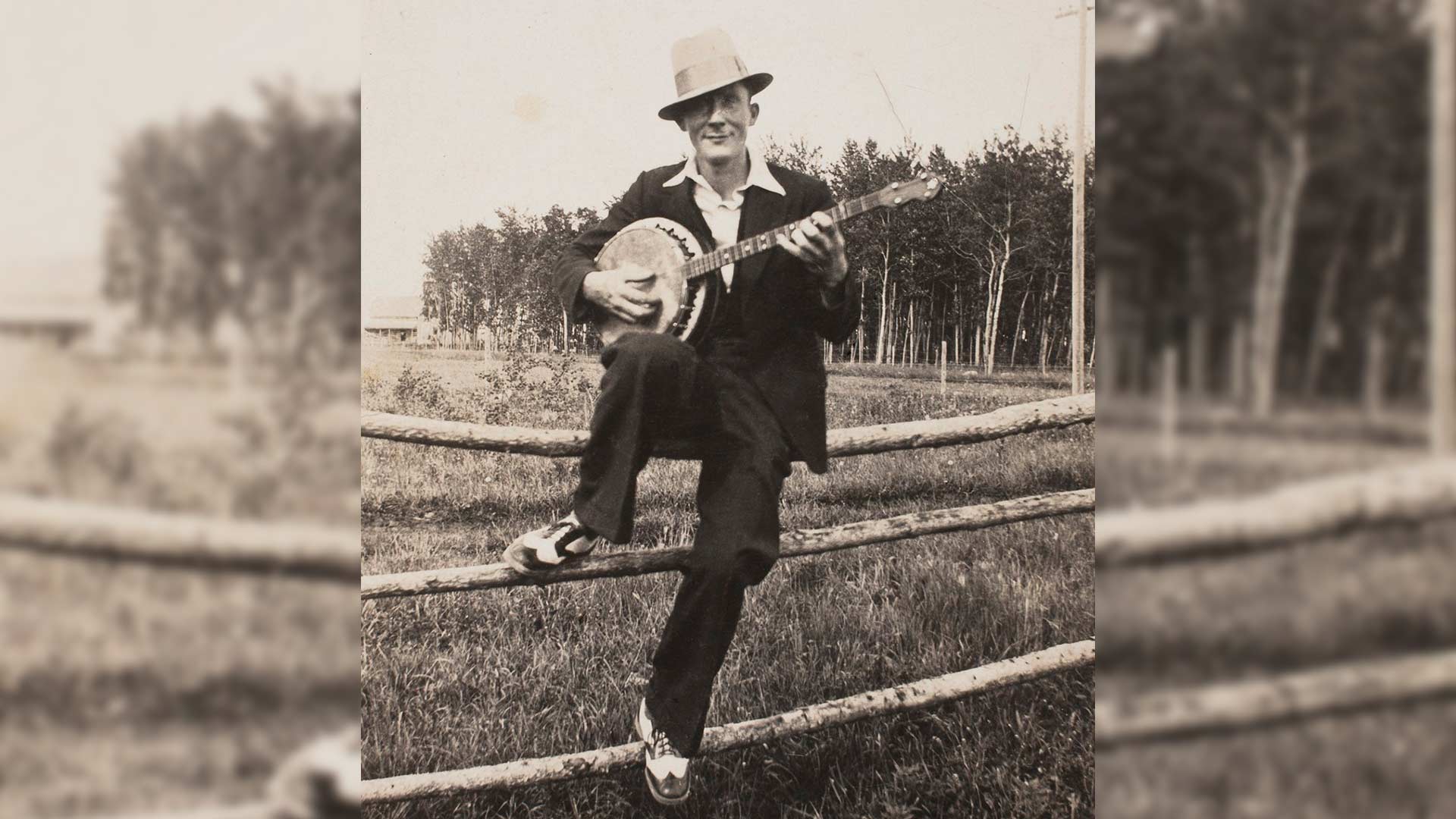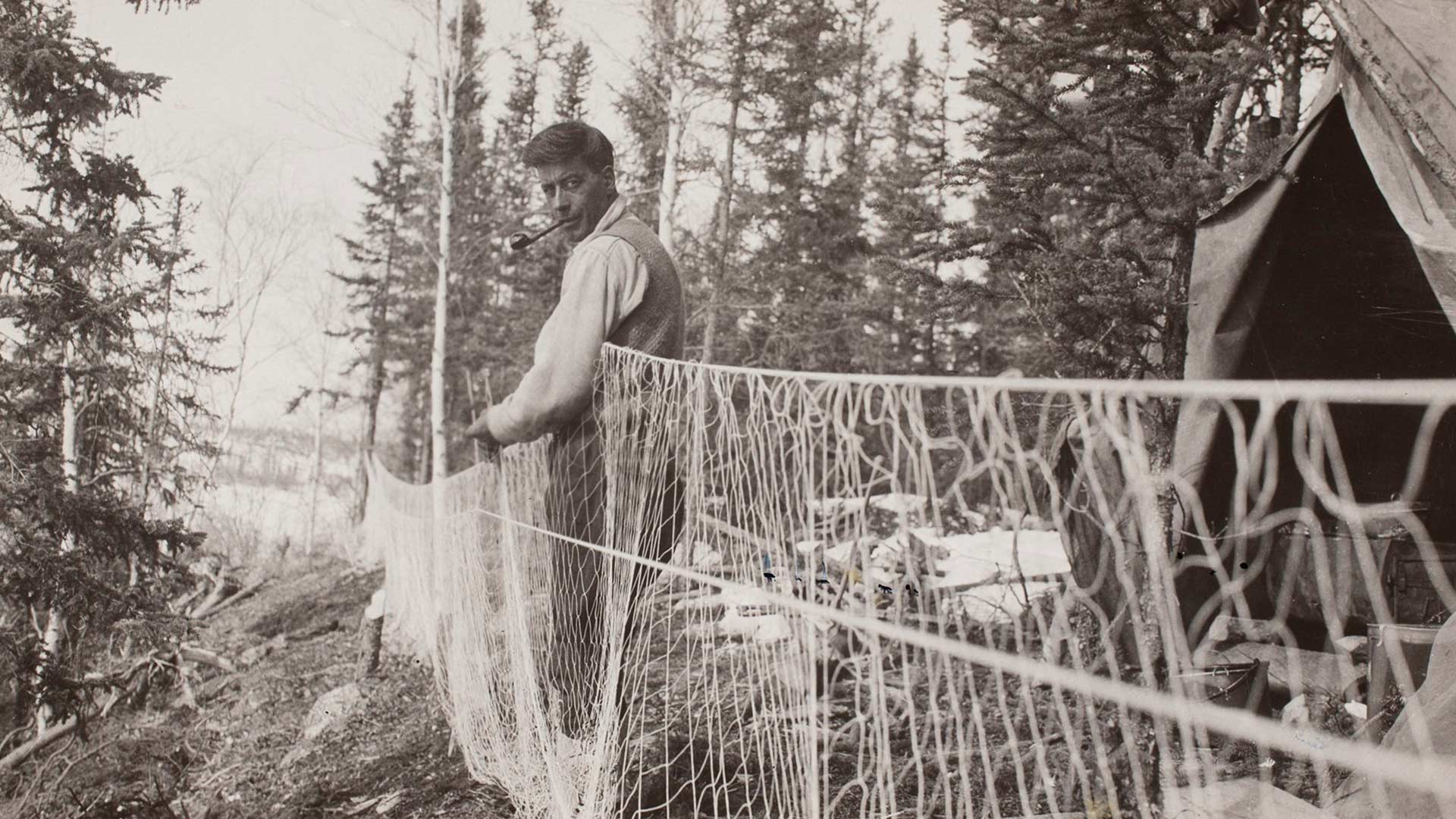A museum in Calgary is showcasing the photographs of James Brady, a Metis man who is better known for his activism and being the driving forced behind the creation of settlements in Alberta.
Brady is well-known to the Indigenous communities he travelled to in Alberta and Saskatchewan because he snapped photos as a way of keeping record of the people he met along the way.
Those photographs are now on display to the public at Calgary’s Glenbow museum.
“In many was he is the first, if not the first Indigenous photographer in Canada. A lot has been written about his politics, but not a lot has been done on his photography,” said Paul Seesequasis in Saskatoon, who curated the exhibit ‘Enclosing Some Snapshots.”
“Curating this was very exciting for me. It’s the first time James Brady’s photos are being exhibited in gallery, in a museum space.”

The Glenbow museum has been collecting the photographs over the past 30 years.
Seesequasis said they tell the stories of resilience through hardship
“This was at the time of the pass system and residential schools, at their height, Metis rights – settlements were struggling to have their rights recognized,” he said. “So, there’s so much struggle going on at this time. These photos show a different reality.
“They show people hard at work, people laughing, people having fun. I think it shows another side of Indigenous reality which is despite the hardships and the hard times, humour is still there, kinship is still there, family is still there.”

In 1967, at age 59, Brady disappeared during a trip to northern Saskatchewan. His remains were never found.
It isn’t known whether Brady ever considered his photos to be a record, but Seesequasis said that’s just what they’ve become.
“It’s a chance to see snapshots of Indigenous life of four decades from one individual who travelled to many communities. I think that is a very unique, and interesting perspective.”









